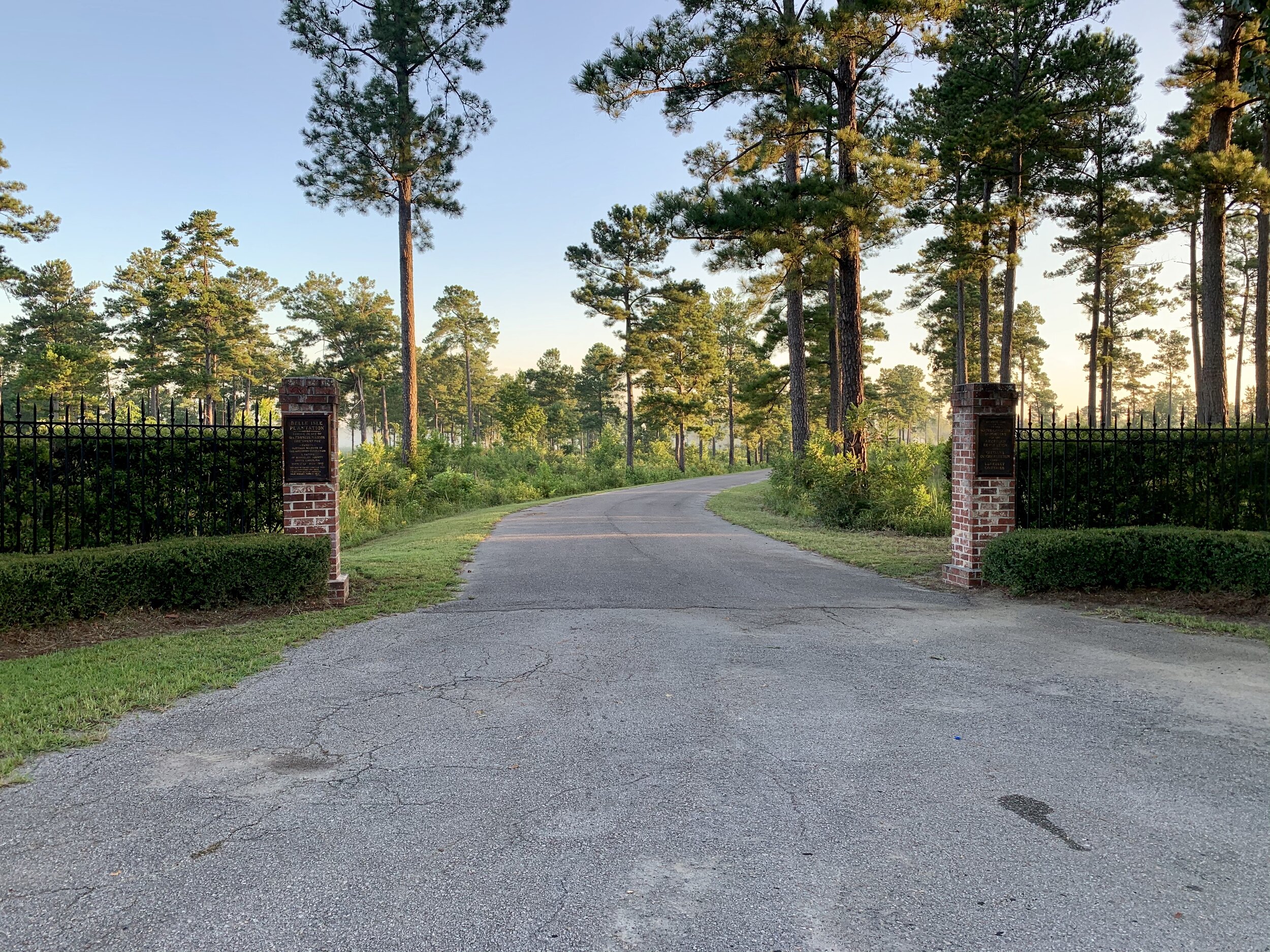
Francis “Swamp Fox” Marion Gravesite
““Come on Boys! Let us go back … as for this damned old fox, the Devil himself could not catch him.”
-British Lt. Colonel Banastre Tarleton’s comments after pursuing Colonel Francis Marion”
Take a morning or afternoon drive out to Pineville to the former site of Belle Isle Plantation and home to the grave of General Francis “Swamp Fox'“ Marion.
The Lord Berkeley Conservation Trust holds an easement on the approximately 11,000 acres surrounding the grave. That means that this historical site will never be surrounded by development and is conserved in perpetuity.
HISTORY General Francis Marion, better known as the “Swamp Fox” is considered one of the fathers of guerrilla and maneuver warfare. Marion was a descendant of French Huguenot emigrants and was born in South Carolina in 1732, although the exact date and place of his birth are unknown. Marion was the youngest son and was born with malformed legs. At 15, he joined a crew to to sail to the West Indies. During their first voyage the ship sank and the crew spent a week a sea in a lifeboat before drifting ashore. Marion returned to Berkeley County to manage his family’s plantation.
At 25, Marion joined the South Carolina Militia to fight in the French and Indian War. “Most heroes of the Revolution were not the saints that biographers like Parson Weems would have them be, and Francis Marion was a man of his times: he owned slaves, and he fought in a brutal campaign against the Cherokee Indians. While not noble by today's standards, Marion's experience in the French and Indian War prepared him for more admirable service. The Cherokee used the landscape to their advantage, Marion found; they concealed themselves in the Carolina backwoods and mounted devastating ambushes. Two decades later, Marion would apply these tactics against the British.” (Smithsonian Magazine, June 2007, “The Swamp Fox).
“In 1775 Marion joined the South Carolina Provincial Congress and was commissioned a captain. “It was after the surrender of General Benjamin Lincoln to the British at Charleston, South Carolina (1780), that he slipped away to the swamps, gathered together his band of guerrillas, and began leading his bold raids. Marion and his irregulars often defeated larger bodies of British troops by the surprise and rapidity of their movement over swampy terrain. For a daring rescue of Americans surrounded by the British at Parkers Ferry, South Carolina (August 1781), Marion received the thanks of Congress. He was then appointed a brigadier general, and after the war he served in the senate of South Carolina (1782–90).” (Britannica.com/biography/Francis-Marion)
Marion earned his nickname the Swamp Fox in November 1780. Colonel Banastre Tarleton, a British Lieutenant, chased Marion and the American militia for seven hours and 26 miles before Marion escaped into the swamp. Tarleton, giving up, said “As for this damned old fox, the Devil himself could not catch him.”
Marion is buried in 1795 at Belle Isle Plantation, home of his brother, Gabriel.
CONSERVATION In 2017 the Lord Berkeley Conservation Trust secured conservation easements on the approximately 11,000 acres of native pineland surrounding Francis “Swamp Fox” Marion’s burial grounds. The Oakland property encompasses several historic French Huguenot plantations on the Santee River that were once owned by the Marion family, and where the legendary Revolutionary War hero and his family are now buried. Visitors of the historic landmark will forever be able to enjoy the natural vistas of pine forest and native grasses surrounding the site.
The vast property is encumbered by a conservation easement held by the Trust, which will prevent it from being developed for residential, commercial or industrial purposes in perpetuity. The owners also donated outright a tract of timberland that will be used to educate local landowners on sustainable forestry practices.
The property fronts on roughly ten miles of the Santee Swamp and in its natural state helps purify water in the Santee River watershed. “The availability of clean water is emerging as a national crisis right now,” said Jim Rozier, [Former] President of the Lord Berkeley Conservation Trust. “Protecting buffers along our rivers and lakes is probably the most important thing we can do to sustain water quality for our community and avoid a disastrous shortage of drinking water down the road.”
Let’s Go!
General Francis Marion Avenue Pineville, SC 29468
Hours
Daily
Sunrise - Sunset


